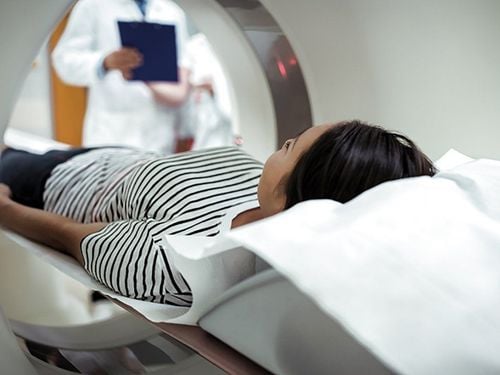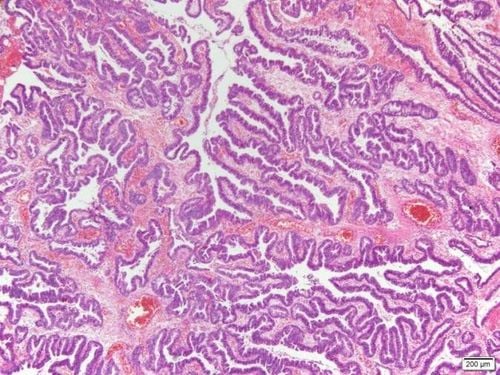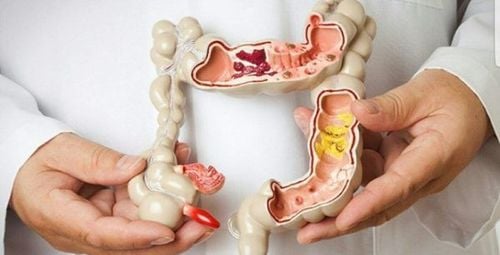This is an automatically translated article.
Biopsy test is a procedure with high accuracy, this test is commonly used in diagnosing cancer, extent of damage, thereby preventing life-threatening risks in time.1. What is a biopsy test?
A biopsy is a test done by taking samples of tissue from any part of the body, such as the skin, internal organs or other structures. That specimen will then be examined under a microscope for a more accurate diagnosis.
The purpose of this test is usually directed to check for abnormal function of an organ or abnormal cell structure changes such as tumor, inflammation, tumor... Biopsy helps in diagnosis by provide tissue pieces for examination when inaccessible from the outside. This test is often associated with cancer, but it can be used to diagnose other conditions and how advanced the disease is.
The advantage of biopsy test compared to imaging tests is that it helps differentiate normal cells and cancer cells, thereby helping to diagnose cancer and stage the disease. In addition, the biopsy procedure is completely painless and has a low risk.
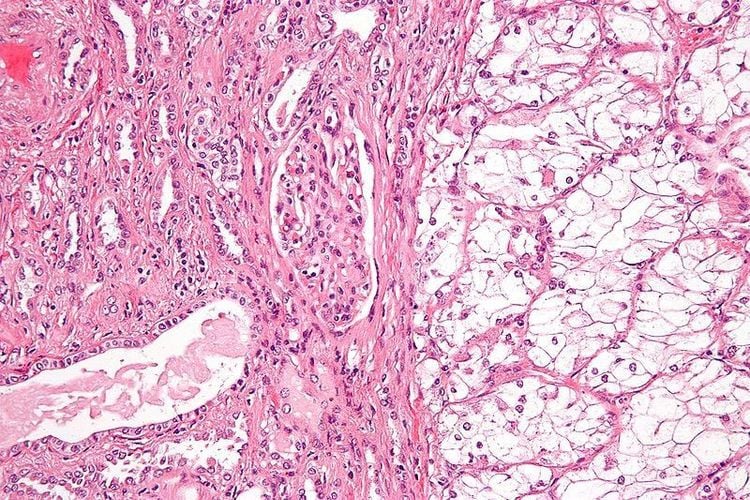
Hình ảnh tế bào ung thư
2. Types of biopsy tests
2.1 Bone marrow biopsy Indications: Suspected hematologic malignancy, check whether cancer cells from another part of the body have metastasized to the bone.
Inside some large bones such as the hip or femur, blood cells are produced by a spongy material called bone marrow. Bone marrow biopsies can diagnose cancerous conditions and benign conditions such as leukemia, anemia, and infections.
2.2 Endoscopic Biopsy Indications: Endoscopic biopsy is used to approach tissue inside the body to collect samples from organs such as: Bladder, colon, lung... Endoscopic biopsy can done through small incisions in the body, or through organs including the mouth, nose, rectum, or urethra. Procedure: The doctor uses a thin flexible tube called a laparoscope with a camera. small and lights. The doctor uses a video monitor to view images that make it easier to collect samples. The process usually takes between 5 and 20 minutes.
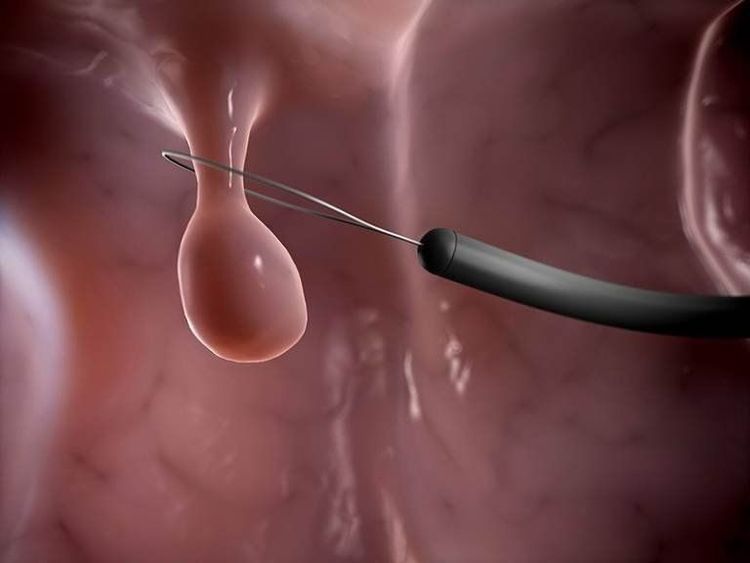
Sinh thiết nội soi tiêu hóa
2.3. Needle biopsy This test is used to collect skin samples, or for any tissue that is easily accessible under the skin. The different types of needle biopsies include:
Core needle biopsy: This test uses a large, medium-sized needle to reach the central tissue core, for example removing tissue from the central core of a tumor in the breast. Fine Needle Biopsy: This biopsy uses a fine needle attached to a syringe, allowing fluid and cells to be withdrawn. Axial biopsy: This procedure is done for areas that are not palpable, but can be seen with an x-ray or CT scan so that your doctor can access specific areas, such as the lungs or liver. or other agencies. Vacuum-assisted biopsy: A type of test that supports a vacuum device, helping to hurt, operate and not have large scars, often used in breast testing.
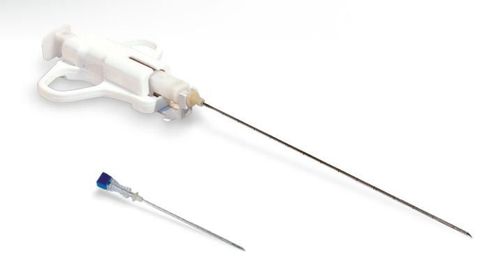
Kim sử dụng trong sinh thiết
2.4. Skin Biopsy Indications: A suspicious area of skin if you have a rash, lesions on the skin, suspect a certain condition, do not respond to your doctor's treatment regimen, or have no known cause. Procedure: this can be done using a local anesthetic, then removing a small part with a knife, or using a stapler biopsy, a special instrument that punches a small hole through the top layers. of the skin to obtain a skin sample. 2.5. Surgical biopsy Effects of biopsy
Biopsy of cancer : If a patient has a lump or swelling somewhere in the body with no obvious cause, the only way to determine if it is cancer letter or not is passed test. Stomach biopsy: This procedure can help your doctor determine if stomach conditions such as peptic ulcers are caused by nonsteroidal anti-inflammatory drugs (NSAIDs). Small bowel biopsies may be used to evaluate patients with malabsorption, anemia, or celiac disease. Liver biopsy: This can help your doctor diagnose a tumor, or cancer in the liver, diagnose cirrhosis, or cirrhosis, when the liver is scarred from previous injury or disease, such as alcohol abuse or long-term hepatitis. Biopsy may also be used to assess how a patient is responding to treatment.

Sinh thiết giúp chẩn đoán chính xác ung thư
3. Is a biopsy safe?
Biopsy is generally safe, it is considered a very low risk procedure such as:
Infection: With a small chance of infection, the risk of infection requiring antibiotic treatment is usually very low. Bleed. Testing in the wrong place, not taking enough samples can lead to false results and need to be re-tested. Currently, Vinmec International General Hospital is one of the medical facilities with a team of leading medical experts in the field of Liver - Gallbladder - Pancreas, the most modern machinery in the region. These will be good conditions to make the examination, screening tests or biopsy to diagnose liver cancer quick, convenient, and time-saving so that appropriate and timely treatment measures can be taken. time.
Customers can directly go to Vinmec Health system nationwide to visit or contact the hotline HERE for support.
SEE ALSO:
Role of biopsy in diagnosing skin cancer Role of bone marrow biopsy Basic knowledge of chorionic villus biopsies





